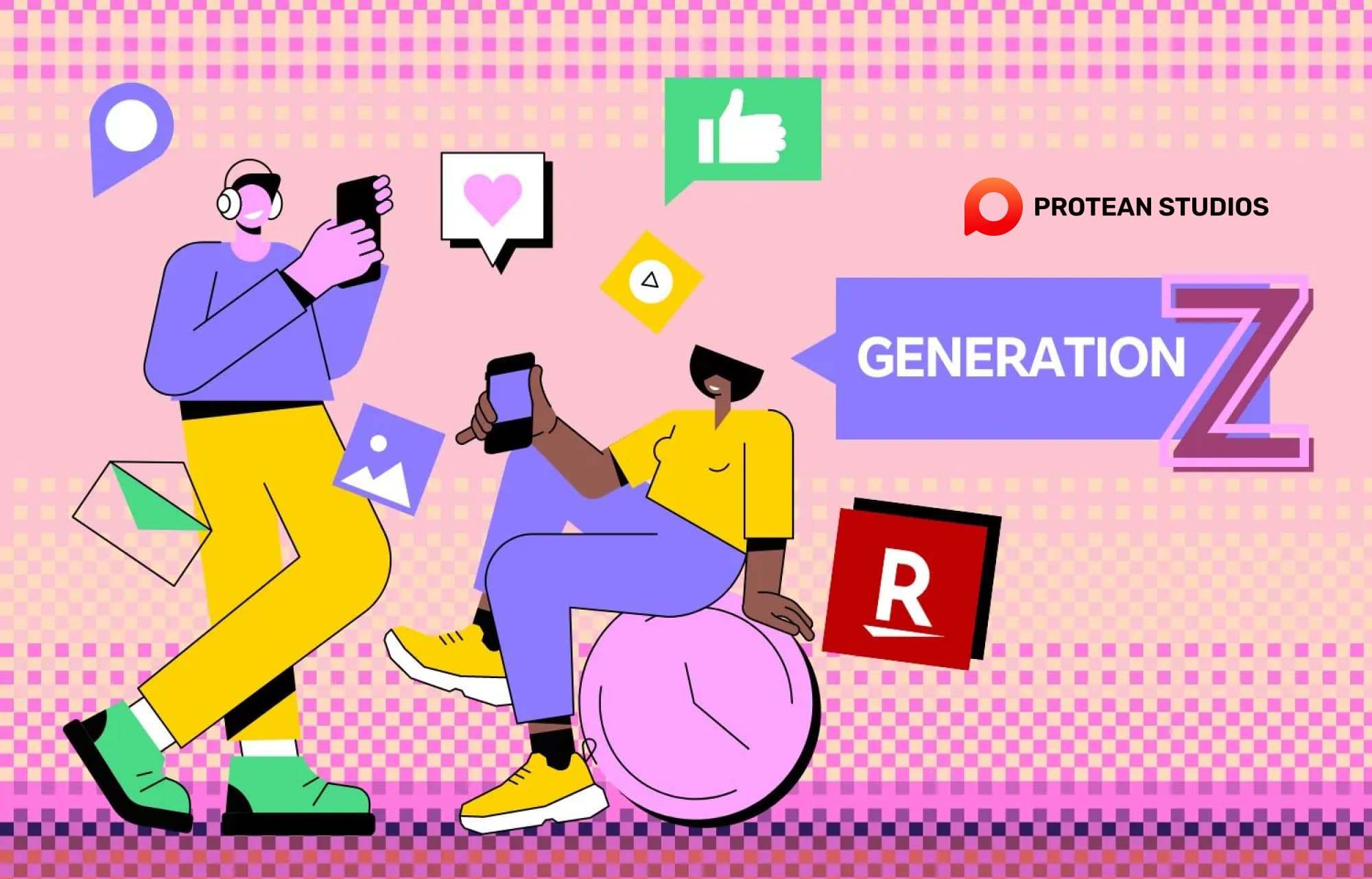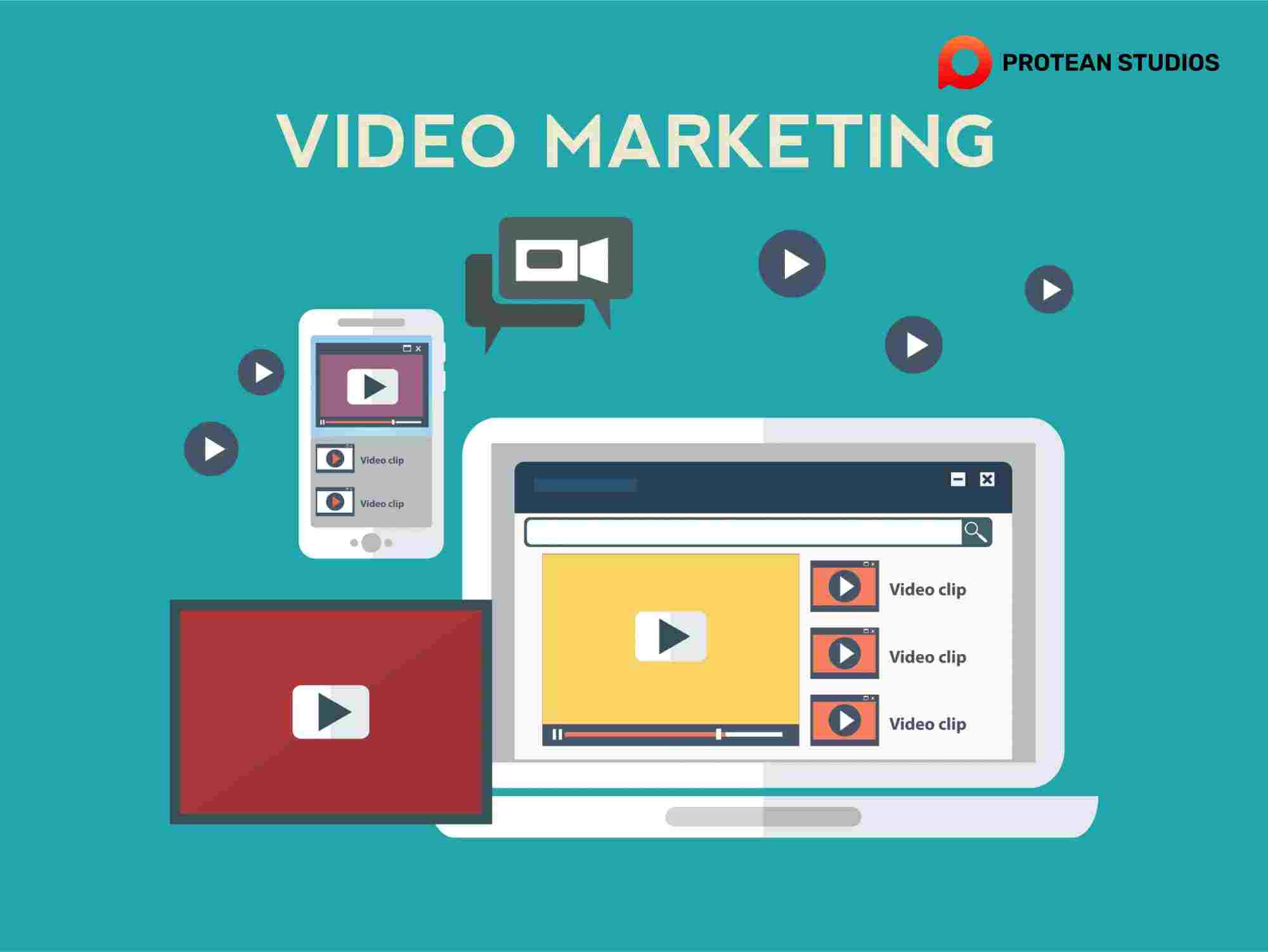In today's evolving business landscape, staying ahead of the curve is crucial for success. B2B marketing is no exception. As technology advances and consumer expectations shift, innovative strategies are emerging to capture the attention of discerning buyers.
This article delves into the top 5 emerging trends in B2B marketing. From personalized experiences to data-driven decision-making, these trends are reshaping the way businesses engage with their target audience. By understanding and embracing these developments, you can position your company for growth and competitive advantage.
New Generation of Buyers
Gen X and Y are now the dominant buyers, and they prefer a digital-first approach. They rely on apps, social media, video, and e-commerce, avoiding meetings with salespeople when possible.
Marketers need to adapt by creating content they enjoy and meeting them where they are, whether at home or on a beach. We must streamline the buying process.
This shift is giving marketing more power. With deeper knowledge of digital and access to buyer data, marketing is taking the lead, while sales might play a supporting role moving forward.

Read more: 3 Simple Ways B2B Marketers Can Use Generative AI
Ecommerce as a Core Element in the Buying Journey
As digital natives prefer buying with minimal help from sales reps, marketers are finding ways to automate even complex sales processes. This not only serves modern buyers but also cuts selling costs by leveraging tools like AI.
In the past, simple products like copier paper suited e-commerce. Yet, B2B companies have long explored cost-effective methods. For example, in the 1990s, IBM’s “hybrid” sales program used inside sales and catalogs to reduce costs on large mainframe deals.
Today, marketers are more confident, using chatbots, digital price quotes, and marketplaces to meet buyers’ expectations, including mobile purchasing. For more insights, check my earlier article on this topic.
Marketers Taking Charge of Account Growth
Traditionally, B2B marketers focused on generating leads, while account managers handled customer retention and expansion. Yet, marketers are now playing a bigger role in retention. In fact, the Sagefrog B2B Marketing Mix report ranked "customer retention" as the #2 priority for marketing in 2023 and #3 in 2024—where it didn’t even make the top five in 2022.
This shift is positive. Marketers have valuable tools to support account managers, such as data analytics to suggest upsells, predictive models to flag potential challenges, and personalized communications that strengthen customer relationships.
The Growing Impact of Video in B2B Marketing
Video remains a highly effective tool in B2B marketing due to several factors:
Its flexibility and wide range of uses.
The rise of video-centric platforms like TikTok and Instagram.
Its strong ability to engage viewers and create emotional connections.
Video’s versatility across the buying journey, from showcasing brand stories to providing product demos and training customers.
A standout example is Caterpillar’s “Built for It” campaign, which gained significant media attention in 2014-2015. While high-budget productions can be impactful, simpler videos are effective. Companies like Edmund Optics use video to promote events, showcase products, and educate customers—proving that video is essential in B2B marketing.

Deeper Discover: Strategies for Building a B2B Brand That Creates Lasting Value
Enhancing Efficiency with Advanced Automation
With Scott Brinker’s annual martech roundup now showcasing a staggering 14,106 tools, it’s clear that B2B marketing technology is expanding, right alongside B2C. Both sectors are building tech stacks that grow larger and more complex every year. It’s getting harder and harder to keep up with the latest developments.
I’ve been following some of the newer data and lead management tools, but it’s still a challenge to stay informed about what’s new and tailored for B2B. I want to understand if these tools are adding value or just complicating the workflow. While innovation is exciting, I hear so many stories of companies investing in martech stacks that become too complex, difficult to integrate, and end up underutilized.
The issue isn’t just about having access to the best tools; it’s about ensuring that these tools are integrated into a cohesive, functional system. When the stack becomes too unwieldy, marketing teams can waste time learning, maintaining, and troubleshooting instead of driving results. This misalignment between technology and practicality is frustrating, especially when the promise of martech is to simplify and optimize processes, not over complicate them.
Know more: Top 8+ B2B MarTech Marketing Experts You Need to Follow
To get the most out of these martech stacks, it’s crucial that B2B companies take a step back and reassess which tools drive value, streamline operations, and lead to better customer engagement, rather than just adding unnecessary layers of complexity. It’s a tricky balance to strike, but a necessary one if marketing teams are to keep pace in an tech-driven landscape.




